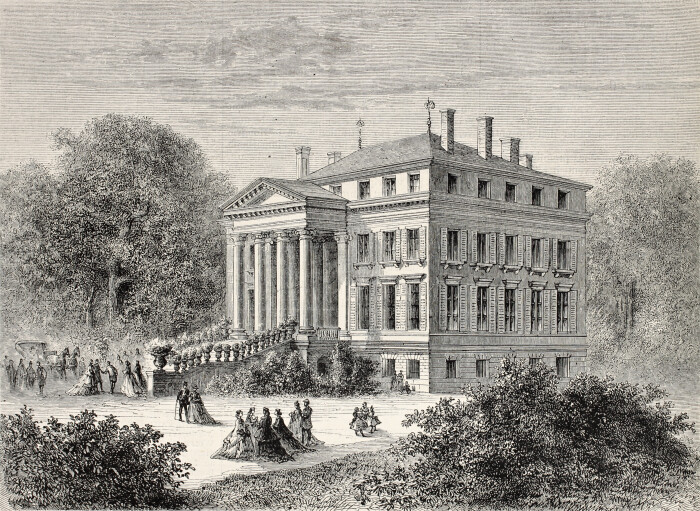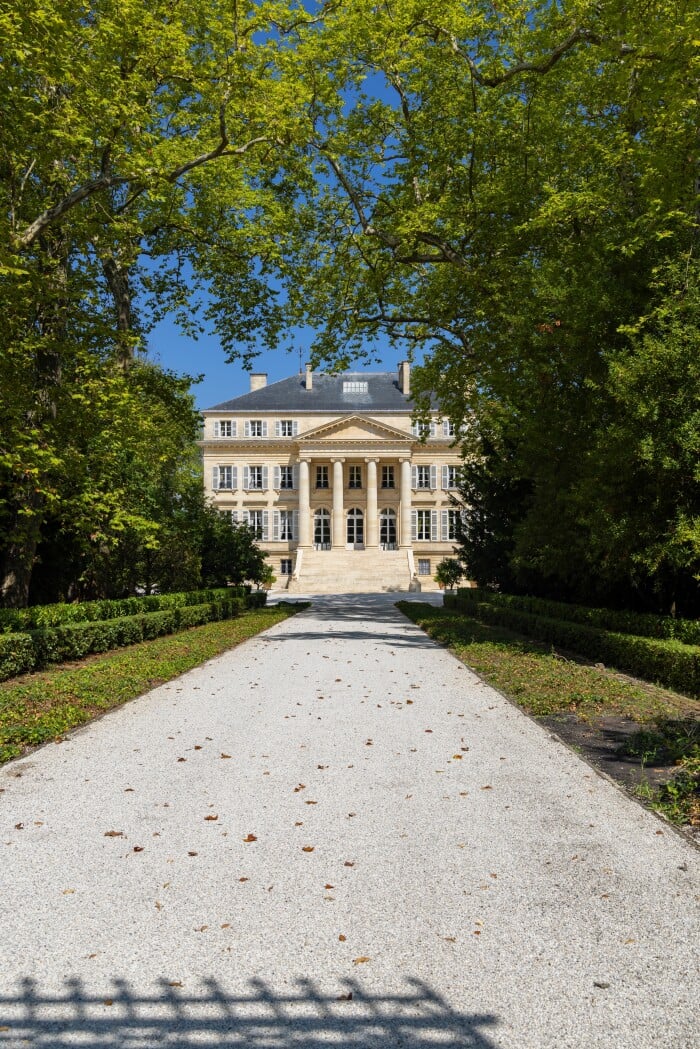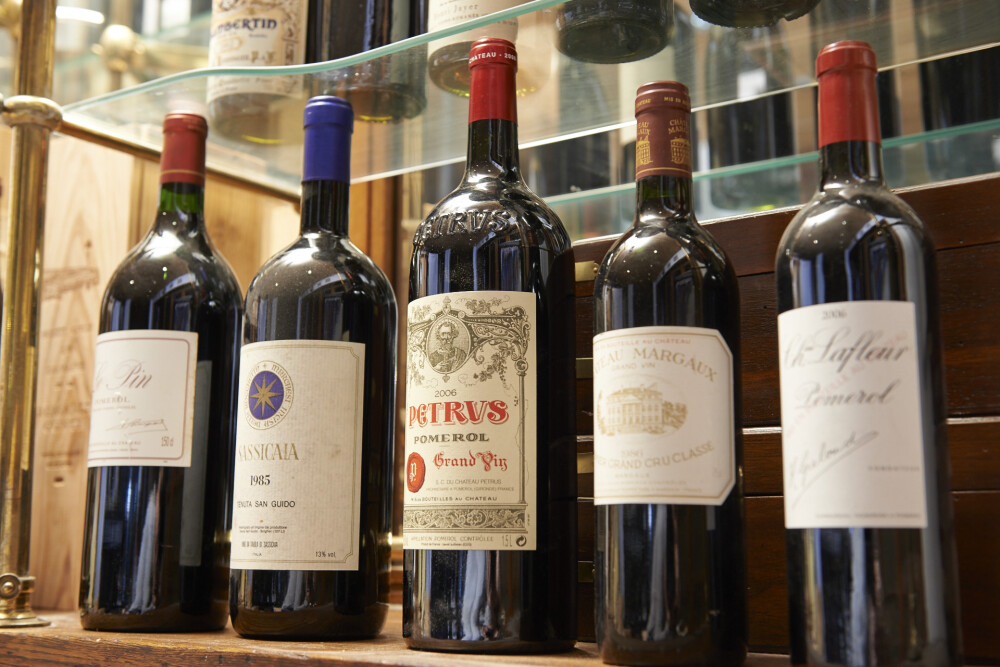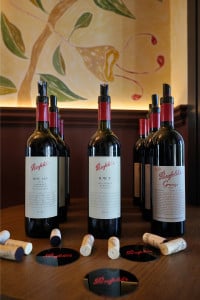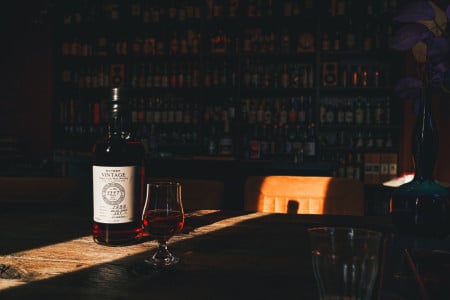Even Thomas Jefferson, the third President of the United States, was already an ardent admirer of Château Margaux wines, at the end of the 18th century. At that time he was still traveling as an ambassador to France.
And Chateau Margaux wines go way back: the wine merchant William Sokolin wanted to sell a bottle of Château Margaux 1787 from Jefferson's legacye during an exclusive dinner in New York in 1989. For an impressive 500,000 dollars. But the bottle broke that evening. How this could have happened is still unclear today.hat is certain, however, is that the insurance company stepped in and paid compensation of 225,000 dollars. That was enough to make the bottle of wine one of the most expensive in the world to this day.
But what actually makes this Grand Vin from Château Margaux so special? And where is the vineyard actually located? Let's delve a little into the dazzling world of Margaux.


